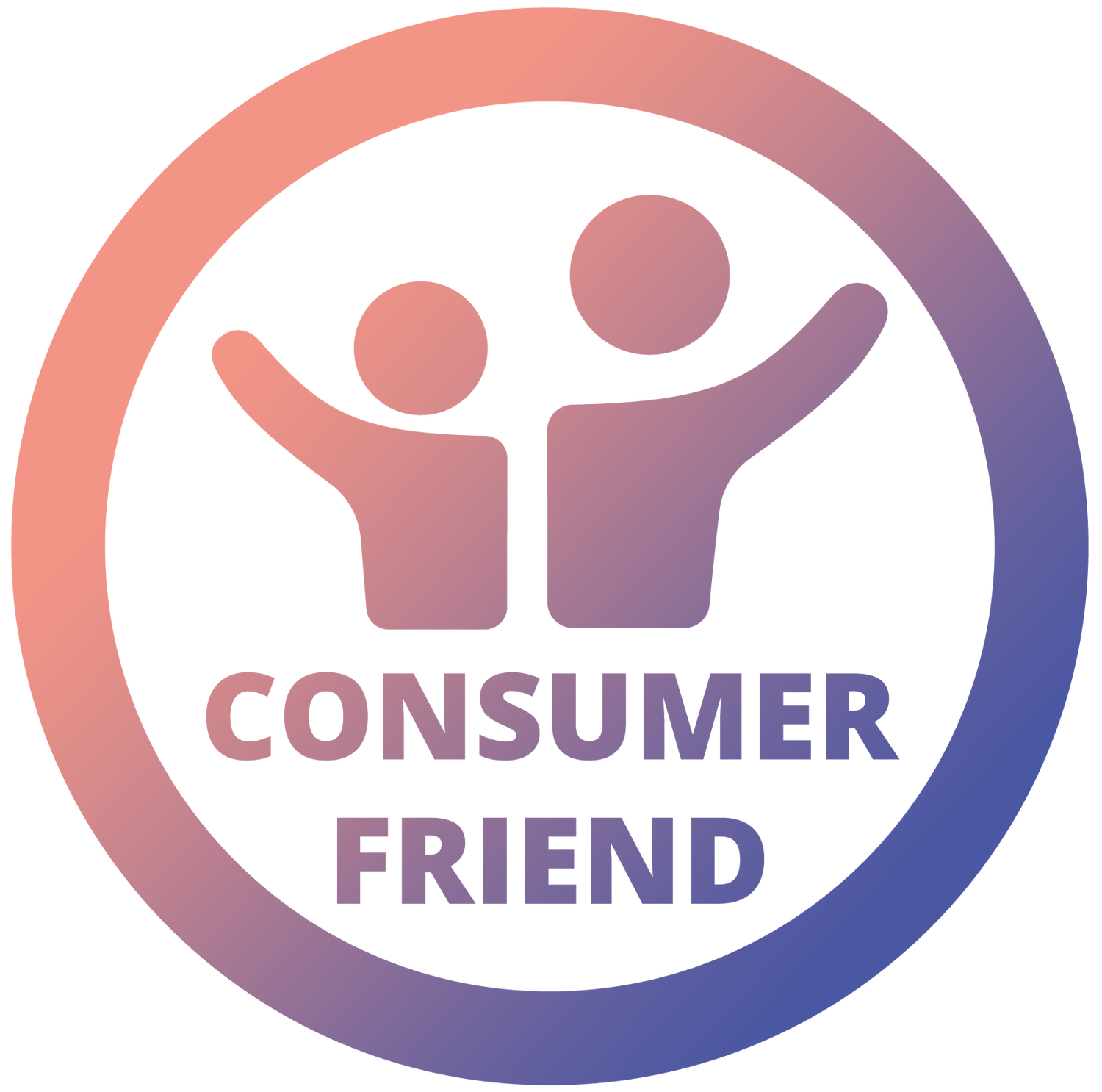Everyone has the right to understand and be understood
This month Consumer Friend explore new consumer vulnerability research, new training and some huge milestones.
This month at Consumer Friend (April 2024) we are launching a new training program called Putting Consumers First, Ensuring consumers get the best outcomes. This course can be attended as a level up from the consumer vulnerability awareness training session but also as a stand alone.
We are going to teach and explore the different aspects of consumers, vulnerability, the diverse nature of consumers, inclusive services, the current consumer landscape and communications. Its an interactive training course for businesses or professionals who support businesses. I always find I learn a huge amount teaching these courses.
We are really excited to deliver it. At Consumer Friend we are approaching 10,000 people trained in Consumer Vulnerability. Well 9662 to be precise. After this month this will be 10,000 people, which also coincides with our two year anniversary. We are still here and we are still trying to change the world and ensure…..
Everyone has the right to understand and be understood.
Self declaration
The latest research in Consumer Vulnerability recently launched by NICE highlights the fact that less than 2 in 10 (17%) of UK consumers surveyed self-identified themselves as vulnerable. Yet, when assessed against the Financial Conduct Authority criteria for vulnerability, this number dramatically rose to 7 out of 10 (67%), suggesting that many of those surveyed are in potentially situational vulnerable, despite not viewing themselves as such.
Self-disclosure has its limitations. Evidence suggests that consumers who don’t think they are vulnerable or who move in and out of vulnerability are less likely to volunteer this information. This means that consumers who need support may not always get it. Furthermore, the risk is that self-disclosure can overlook the complex situational factors that may be driving or worsening consumer vulnerability.
The fact that as many as 67% of consumers could potentially be classified as situationally vulnerable when assessed against the Financial Conducts Authority’s criteria is staggering and as we are as predicted we are entering into a storm of consumer vulnerability.
However, all is not lost
If you know Consumer Friend at all, you will know we don’t like to label people as vulnerable. People are vulnerable because of their situations or the market place they are trying to engage with. This is what causes vulnerability. Therefore, by applying some simple techniques and providing more inclusive services you will go a long way to scoop up all vulnerability no matter the cause and ensure consumers get better outcomes in all situations. BEING AWARE OF IT is the start of the journey.
The last blog I wrote, led me to many discussions on…
What are consumers vulnerable to?
If a business does not know what harm, detriment or disadvantage a consumer is vulnerable to, then supporting that consumer is going to be a lot harder.
What consumers are vulnerable to, may result in the design of products that certain types of consumers cannot access, use, or benefit from.
As humans we judge people within a tenth of a second of meeting them. This is literally the blink of an eye. We then have a solid impression within the first seven seconds.
We need to watch our bias, watch our judgement and watch our ASSUMPTIONS.
We can’t help but label people, put people in neat boxes and put other people in different boxes or the same box without giving it too much thought. For example not all autism shows itself in the same way, not all people diagnosed with autism will be vulnerable to the same things at the same time and need the same support. If any at all.
So remember what makes a consumer potentially vulnerable is not the same as what they are vulnerable to.
There are however some common harms, like not writing in plain English, making decisions based on imperfect information. The cost of living crisis.
Picture: snippet from the Consumer Friend Consumer Vulnerability training package.
However we must be careful again not to make assumptions that these common harms affect everyone the same way, as they don’t. However, identifying common harms can provide a bit a microscope and starting point for business.
For example the latest NICE report highlights the stark financial situation many consumers are in. 38% of respondents in all other age groups reported that if their rent or mortgage payments went up by £50 per month, they would struggle to meet their obligations.
71% of consumers correctly identified poor mental health as a driver of vulnerability, but despite that, 38% would not be comfortable sharing details of poor mental health with a customer service advisor. This number rises to 47% for those customers who reported in the survey that they were currently experiencing poor mental health.
If you would like to work with us, talk to us about the new consumer outcomes training or the consumer vulnerability training, be a guest on our podcast, talk to us about giving people what they need. Drop us an email info@consumerfriend.org.uk
Everyone has the right to understand and be understood. #Empathy
Author: Louise Baxter MBE- Co-CEO Consumer Friend


